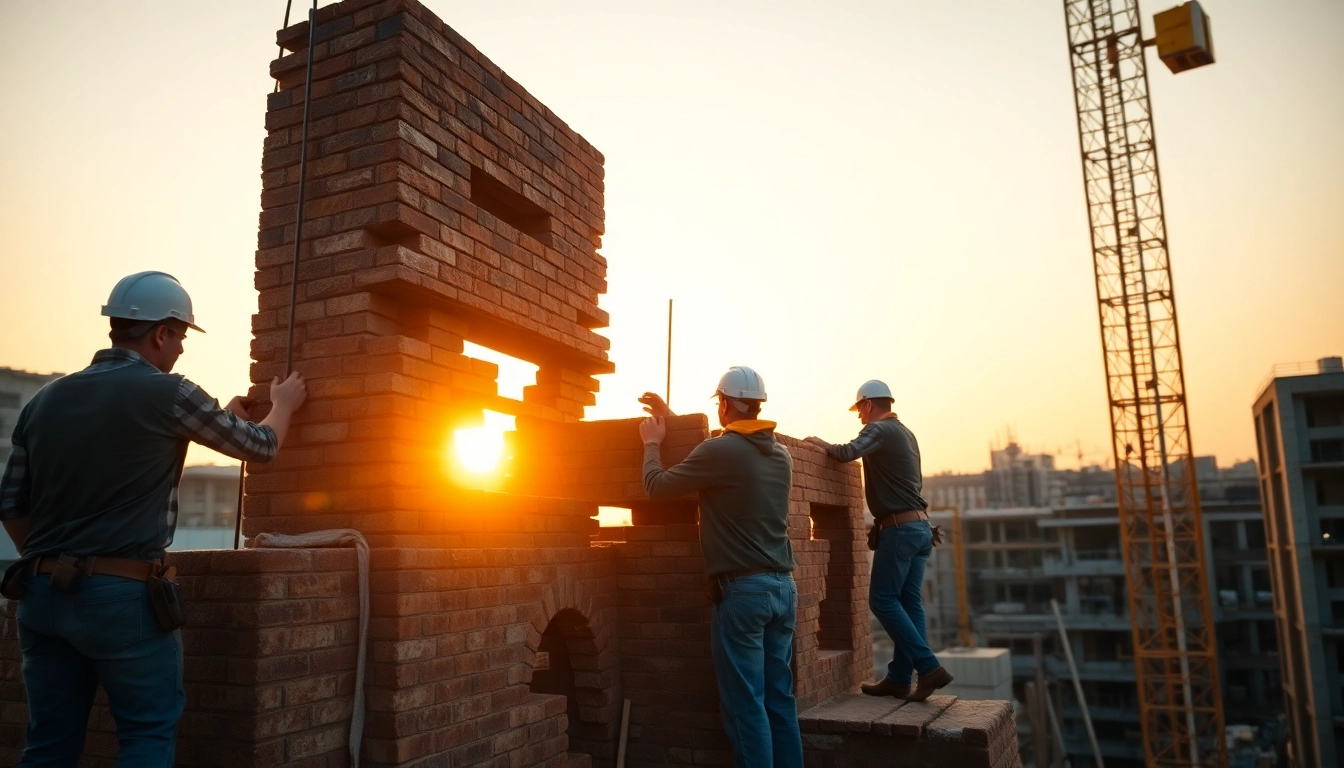Essential Steps for Effective Facade Removal: Your Comprehensive Guide
Facade removal refers to the process of detaching or demolishing the outer layer of a building’s structure, known as the facade. This can involve various materials such as brick, stone, plaster, or metal cladding and may require significant effort and specific technical knowledge. The intention behind facade removal can vary; it may be to replace an outdated design, to repair underlying issues hidden by the façade, or to renovate a structure entirely. Facade removal is not only a physical task but also a crucial decision that impacts the overall aesthetic and structural integrity of a building. Facade removal may occur for various reasons, including: Understanding the benefits of facade removal is vital for anyone considering this significant undertaking: Before commencing any facade removal, a thorough site assessment is critical. This includes evaluating the condition of the facade, identifying underlying issues, and considering the structural integrity of the building. Engaging with structural engineers and inspectors can provide a clear understanding of the risks and necessary precautions. Facade removal often requires permits from local authorities. These permits ensure that the removal adheres to safety regulations and zoning laws. It’s essential to check with municipal regulations to avoid any violations and potential fines. Different jurisdictions may have varying codes, especially for historical buildings where preservation regulations are in place. Safety is paramount during facade removal. Workers should don appropriate safety gear that may include: Additionally, proper scaffolding and safety harnesses should be utilized where necessary to prevent falls and injuries. Ensuring that the worksite is secure and that all personnel is trained in safety protocols is crucial. Having the right tools is essential for effective and safe facade removal. Some commonly used tools include: Different techniques can be employed based on the handle methods and materials involved in the facade removal: Managing debris during facade removal is vital for maintaining a safe work environment. Here’s how to effectively manage debris: Once the facade has been removed, a detailed inspection of the underlying structure is necessary. This includes checking for: Identification of issues at this stage allows for timely intervention and prevents extensive repairs later. Following the assessment, it’s important to address any discovered damage. Possible repair options include: After removal and repairs are completed, planning for a new facade should focus on: The time required for facade removal can vary widely based on the size of the project, complexity, and materials involved. On average, smaller scale projects may take a few days to a week, while larger endeavors could take weeks or even months. It is essential to consider all variables during initial assessments to provide a more accurate timeline. The costs of facade removal will depend on various factors, including: It’s advisable to request quotes from multiple contractors post-assessment to obtain the best estimate for your specific needs. While some individuals may opt to undertake facade removal on their own, it is generally advisable to engage professionals, especially for larger or more complicated projects. This is due to the need for specialized skills and knowledge of safety procedures and building regulations. A professional approach can help avoid costly errors and ensure compliance with local building codes.Understanding Facade Removal
What is Facade Removal?
Common Reasons for Facade Removal
Benefits of Facade Removal
Preparation for Facade Removal
Site Assessment and Inspection
Necessary Permits and Regulations
Safety Gear and Precautions
Tools and Techniques in Facade Removal
Essential Tools for Facade Removal
Techniques for Safe and Effective Removal
Debris Management and Disposal
Post-Removal Considerations
Inspection and Damage Assessment
Repair Options and Recommendations
Future Facade Restoration Strategies
FAQs about Facade Removal
How long does facade removal take?
What are the costs associated with facade removal?
Can you remove a facade without professional help?


0 Comment